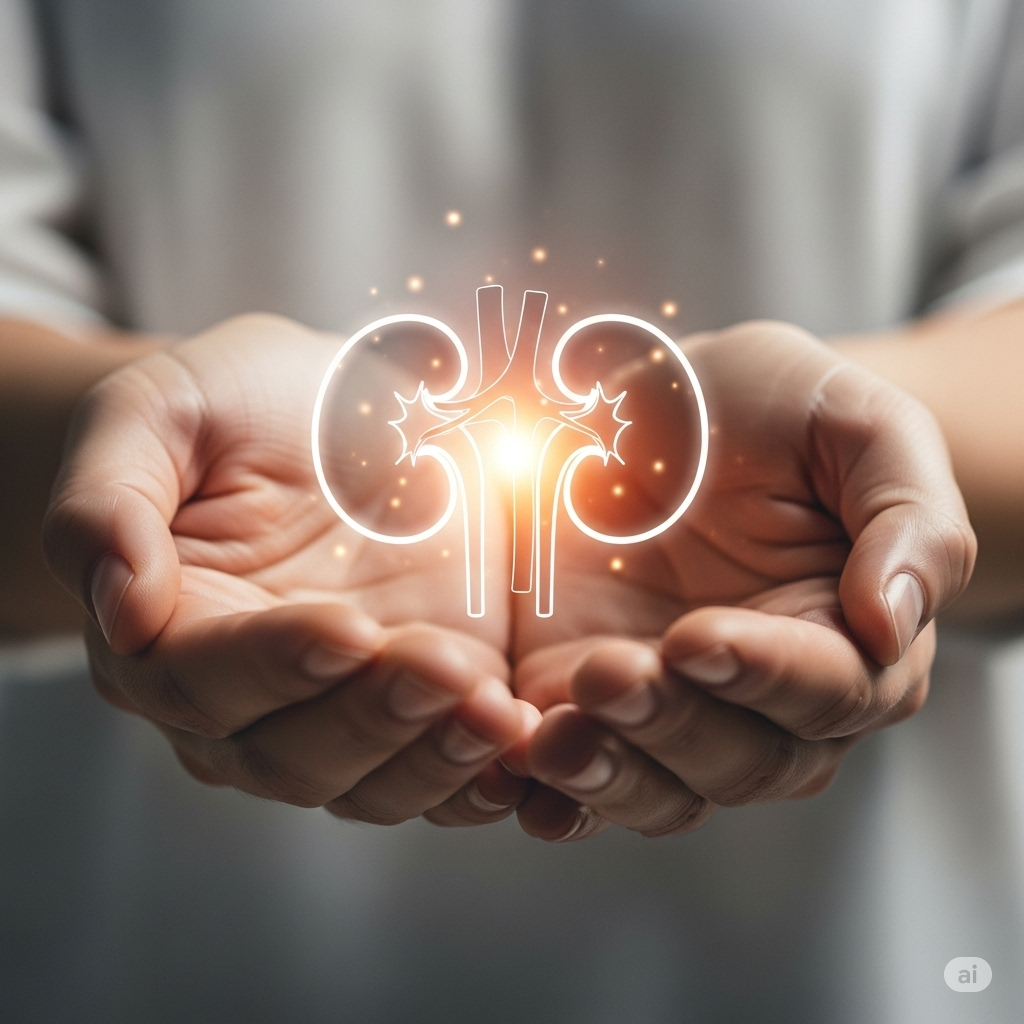
For many women, the CAH journey begins not with a clear diagnosis, but with unanswered questions: irregular cycles, unexplained acne, or struggles with fertility. This article explores how CAH reveals itself, how it is diagnosed, and what modern medicine and holistic care can do to transform uncertainty into empowerment.
Early Clues: When the Body Speaks Before the Diagnosis
CAH often whispers before it shouts. In some women, the signs appear at birth—ambiguous genitalia that prompt immediate investigation. In others, particularly those with nonclassic CAH, the condition remains undetected for years, only emerging in adolescence or adulthood.
Common early indicators include:
-
Menstrual irregularities that seem more severe than typical teenage changes.
-
Persistent acne unresponsive to standard treatment.
-
Unwanted hair growth on the chin, chest, or back.
-
Slight deepening of the voice or hair thinning at the crown of the head.
-
Delayed or difficult fertility journeys.
Because these symptoms overlap with conditions like Polycystic Ovary Syndrome (PCOS), many women face long delays in diagnosis. The uncertainty can be frustrating, leaving them feeling unheard or misunderstood.
The Diagnostic Journey: Unraveling the Genetic Code
Accurate diagnosis is a turning point for women with CAH. Doctors typically rely on a combination of tests:
-
Hormone testing: Elevated levels of 17-hydroxyprogesterone and androgens are key indicators.
-
ACTH stimulation test: Measures how the adrenal glands respond under stress.
-
Genetic testing: Confirms mutations in the CYP21A2 gene.
-
Imaging: In some cases, pelvic or adrenal imaging may be used to rule out other causes.
Receiving a diagnosis often brings a mixture of emotions: relief at finally having an explanation, fear of the unknown, and curiosity about what life will look like moving forward.
Treatment: Balancing Hormones, Restoring Hope
The cornerstone of CAH management is hormone replacement therapy. For most women, this includes:
-
Glucocorticoids: To replace cortisol and suppress excess androgen production.
-
Mineralocorticoids: For those with salt-wasting CAH, to balance sodium and potassium.
-
Adjustments during stress or illness: Because the body cannot naturally boost cortisol in emergencies, women with CAH often need higher doses during surgery, infection, or major stress.
The goal is not just medical stability but also restoring a sense of normalcy—regular cycles, improved skin health, reduced hair growth, and a better chance at conception.
Fertility and Family Planning
For women with CAH, family planning can feel daunting. But advances in reproductive medicine are changing the landscape.
-
Cycle regulation with glucocorticoid therapy can restore ovulation in many women.
-
Assisted reproductive technologies (ART), such as IVF, offer additional options for those with persistent infertility.
-
Pregnancy management requires careful monitoring of hormone levels, with endocrinologists and obstetricians working side by side.
Importantly, many women with CAH go on to have successful pregnancies and healthy children once the right balance of treatment and monitoring is achieved.
Emotional Resilience: The Unspoken Side of CAH
Living with CAH is not just about hormones—it’s about identity, self-image, and mental health. Women often report feelings of frustration, anxiety, or isolation, especially when symptoms like hirsutism or irregular cycles disrupt their confidence.
Support strategies include:
-
Counseling and therapy to navigate body image, fertility concerns, or anxiety.
-
Peer support groups, both online and offline, where women share experiences and encouragement.
-
Education and advocacy, helping women take an active role in their healthcare rather than feeling like passive patients.
By addressing mental health alongside physical symptoms, women gain tools not only to survive but to thrive.
Modern Advances and the Future of CAH Care
Medical research is bringing new hope:
-
Modified-release hydrocortisone aims to replicate the body’s natural cortisol rhythm, improving symptom control.
-
Gene therapy, though still experimental, could one day correct the underlying mutation.
-
Individualized medicine: Tailoring treatment to each woman’s genetic profile and lifestyle for better outcomes.
These advancements suggest a future where CAH management is less about limitation and more about empowerment.
Living Beyond CAH: Empowerment and Daily Life
Managing CAH successfully means weaving medical care into everyday life without letting it overshadow identity. Women often thrive by adopting lifestyle practices that complement their treatment:
-
Consistent follow-ups with endocrinologists to track hormone levels.
-
Balanced nutrition and exercise to reduce metabolic risks and boost overall health.
-
Stress management techniques, such as yoga or mindfulness, which support mental balance and reduce cortisol demands.
-
Advocacy and self-education, empowering women to ask the right questions and make informed decisions.
Empowerment transforms CAH from a limitation into part of a broader story of strength and resilience.
Conclusion: Redefining the Narrative
Congenital Adrenal Hyperplasia is not simply a medical label—it is a journey that women navigate with courage, determination, and hope. From early misdiagnoses to breakthroughs in treatment, from struggles with self-image to victories in family planning, CAH represents both challenge and opportunity.
By combining medical innovation, psychological support, and community empowerment, women with CAH can build lives not defined by their condition, but enriched by their resilience.
The story of CAH is ultimately not one of limitation—but one of women rising to meet a challenge and redefining what it means to thrive.
